Web Based Remote Monitoring
Reliable Web based solutions for monitoring the condition or status of remote assets no matter where you or they are located.
Read more...

Corrosion is a pervasive force of nature that has the power to compromise even the strongest metal structures over time. Whether they’re freestanding, embedded in the earth or submerged in the ocean, assets such as buried pipelines, storage tanks, steel piles, offshore oil platforms, reinforced concrete, bridges and other steel and metal structures need to be protected to stop their degradation.
This is where cathodic protection comes in. Cathodic protection (CP) is a technique used for the corrosion control of metal. It does this in two ways: galvanic cathodic protection and impressed current cathodic protection (ICCP).
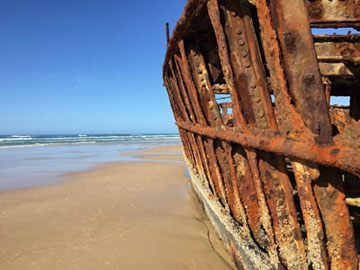
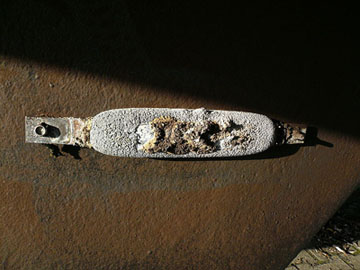
In galvanic protection, the metal structure being protected is connected to a galvanic anode, a piece of metal that is more electrochemically active and so corrodes more easily. This anode sacrifices its ions to corrosion, protecting the intended structure in the process. The resulting benefit is that the sacrificial anode, which may last anywhere from 10-15 years, can be more easily and cost-effectively replaced than the metal structure, elongating the useful lifespan of the asset.
For larger structures, such as cathodic protection for pipelines, where galvanic protection simply cannot deliver the current required to protect the asset, impressed current cathodic protection is used. Here the anodes are connected to a direct current (DC) power source, which may, in turn, be connected to a transformer-rectifier (TR) alternating current (AC) power supply.
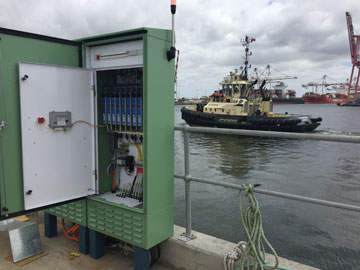
Preventing corrosion in CP protected assets involves monitoring using one or more of three main methods:
This involves monitoring the current flowing from the anode to the steel structure. This is the easiest but least direct method as it does not directly measure corrosion but relies on the fact that the size and placement of the anode as it was designed is adequate to ensure cathodic protection of the entire structure. This method only monitors whether the galvanic anode is still connected and passing current, which implies that the steel must still be protected as originally designed.
This involves monitoring the voltage of the steel structure relative to its surroundings. Cathodic protection (both galvanic and impressed current) relies on the principle of ensuring that the steel remains more negative than its surroundings. This is measured using reference “half-cells” embedded into the surroundings. If the steel is more negative than its surroundings by at least 700mV, it can be assumed that corrosion of the steel will have been halted.
The international standards actually provide for any one of four different criteria to be met to indicate that corrosion is not present. Some of these criteria involve switching off the protection by disconnecting the anode while making the measurement. Two of these tests are commonly known as “Instant-Off testing” and “Depolarisation testing”. The Depolarisation test involves taking readings over a period of between 24 and 96 hours, extending the required time on site for the CP expert.
This is a more direct method of ensuring that the steel is not corroding, but still relies on the principle that only if the steel is suppressed in voltage, will corrosion be halted. This does not address conditions where the steel may not be suppressed in voltage temporarily due to external factors such as tidal conditions, and whether the steel is corroding during these times.
With this technique, small samples of steel with a similar make-up to the structure, known as coupons, are embedded into the same surroundings as the steel in an attempt to create a test site identical to the steel in the structure. The minute currents that then flow into or out of the test coupons provide a direct measurement of the presence or absence of corrosion in the coupon and therefore by inference in the main structure. This is the most direct but most difficult technique as it involves the measurement of nanoamps of current using an ammeter with zero resistance to ensure that the measurement does not interfere with these small currents.
Omniflex has created iGAL, the first battery powered instrument that remotely monitors and tests galvanic cathodic protection (CP) installations wirelessly via the web. The new technology is designed to help asset managers monitor the corrosion of embedded metal structures while cutting down the need to physically visit the site to undertake time-consuming, costly and often hazardous surveys.
PowerView by Omniflex is a ICCP system made up of cathodic protection equipment and monitoring web portal that has been designed to operate in a variety of ICCP applications, whether you have an existing Impressed Current CP system, or are planning a new installation. The system is extremely scalable and whether you operate a single system, or hundreds, it offers an easier way of managing and controlling your CP assets.
Because ICCP systems are designed to operate for decades, PowerView has been built using high reliability components and features a design that ensures the longest possible operating life. To put that into context, we quote a design life of 30 years on most of our components.
See more CP Solutions: More CP Solutions...
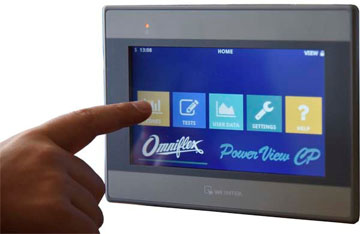
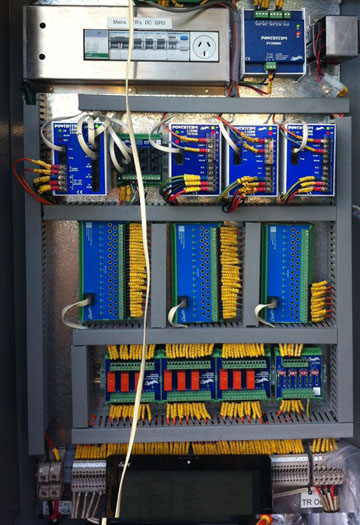
Contact Omniflex to assist with your next CP Application: Request more information...